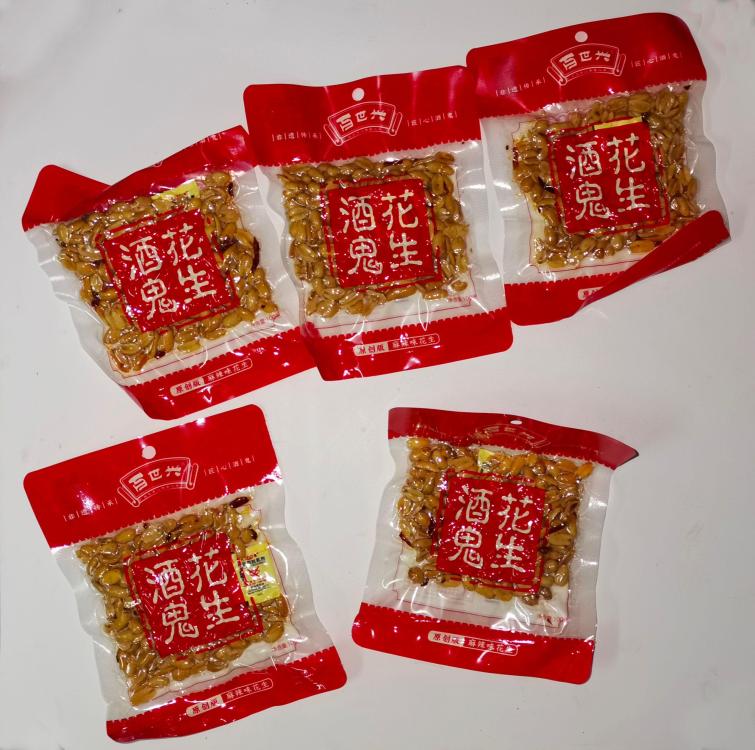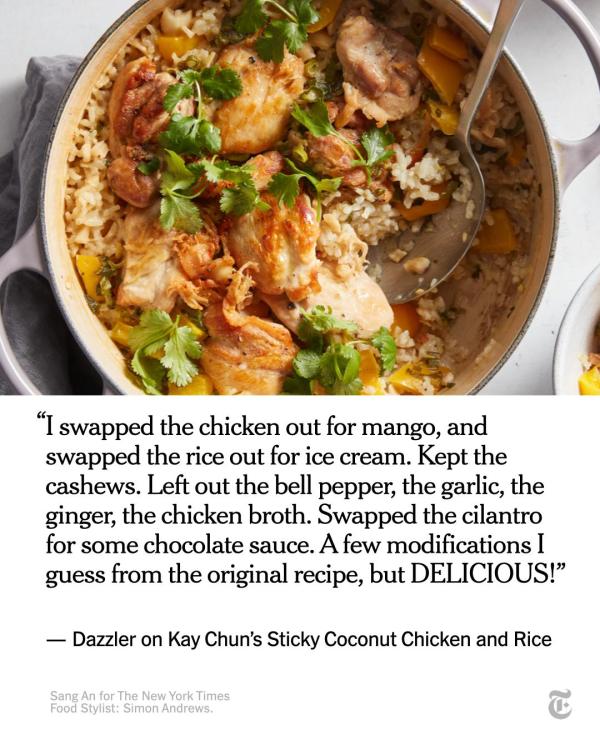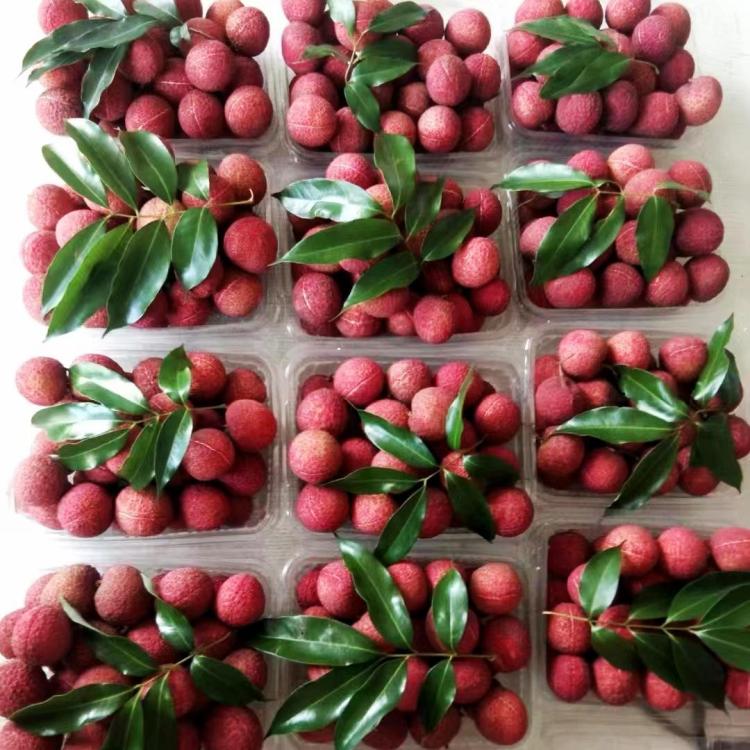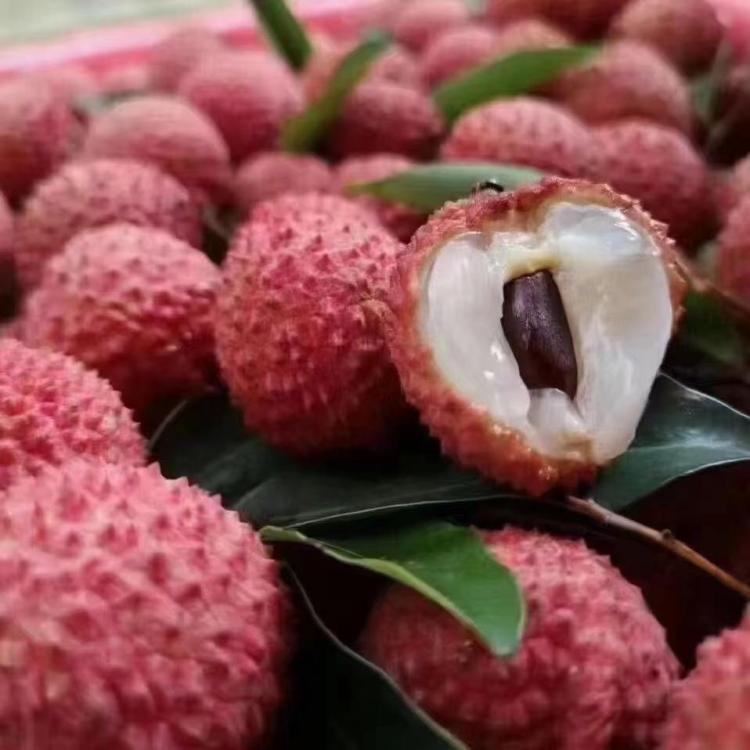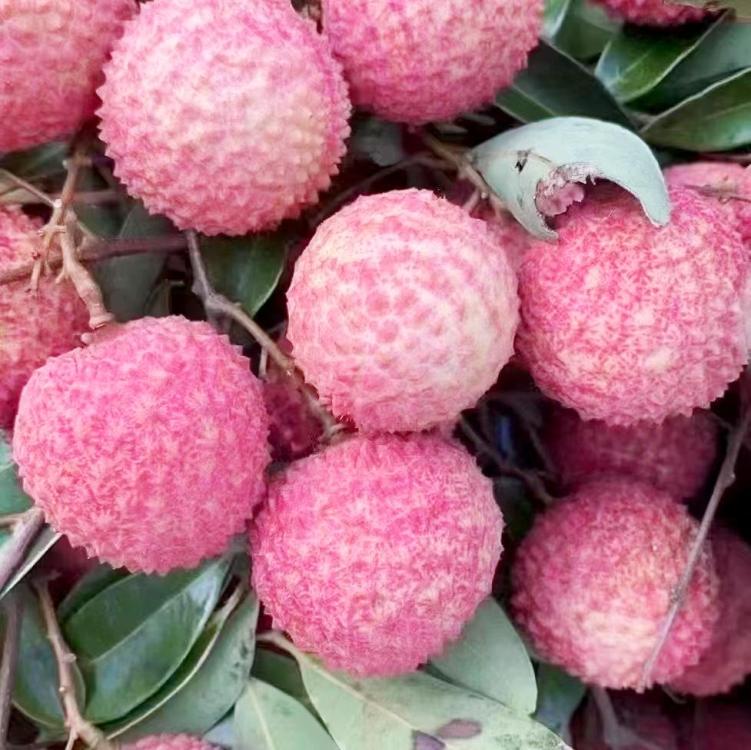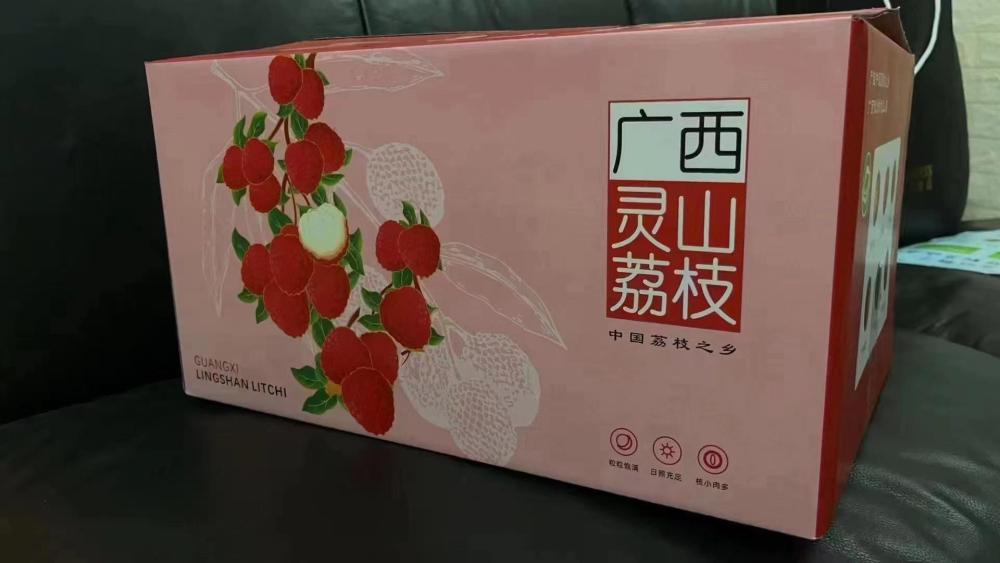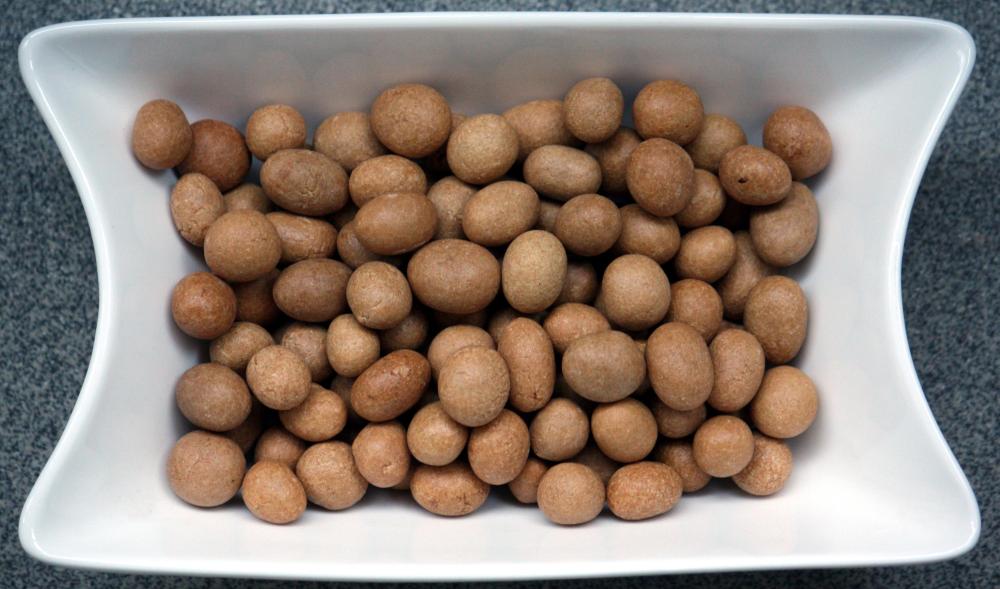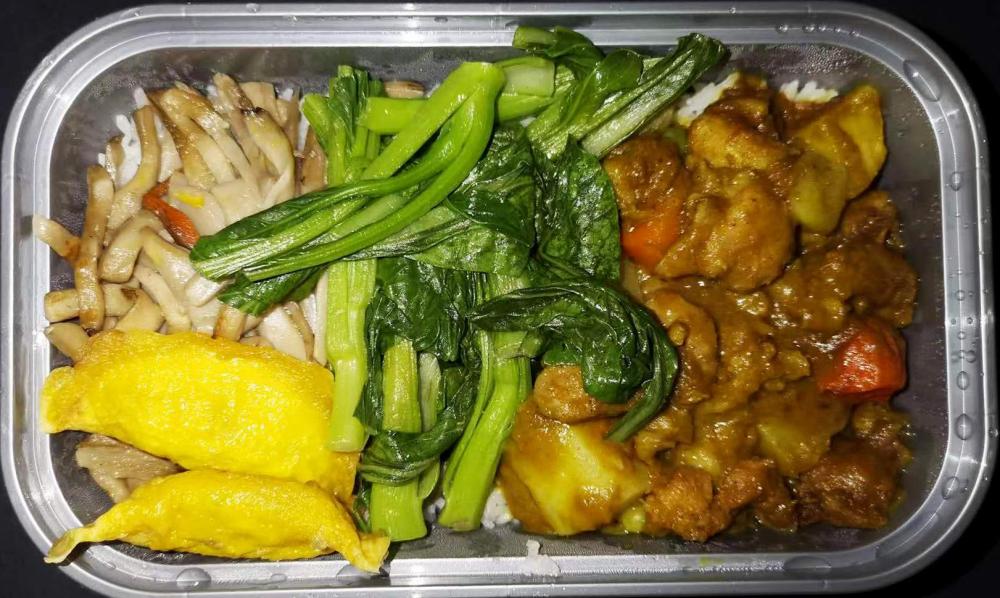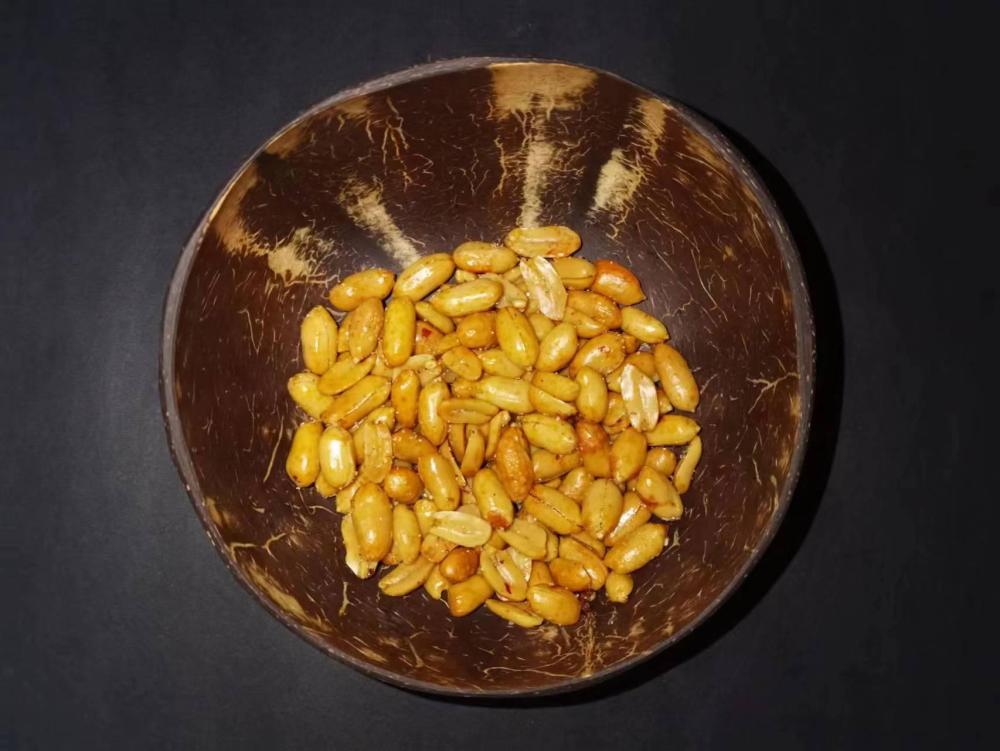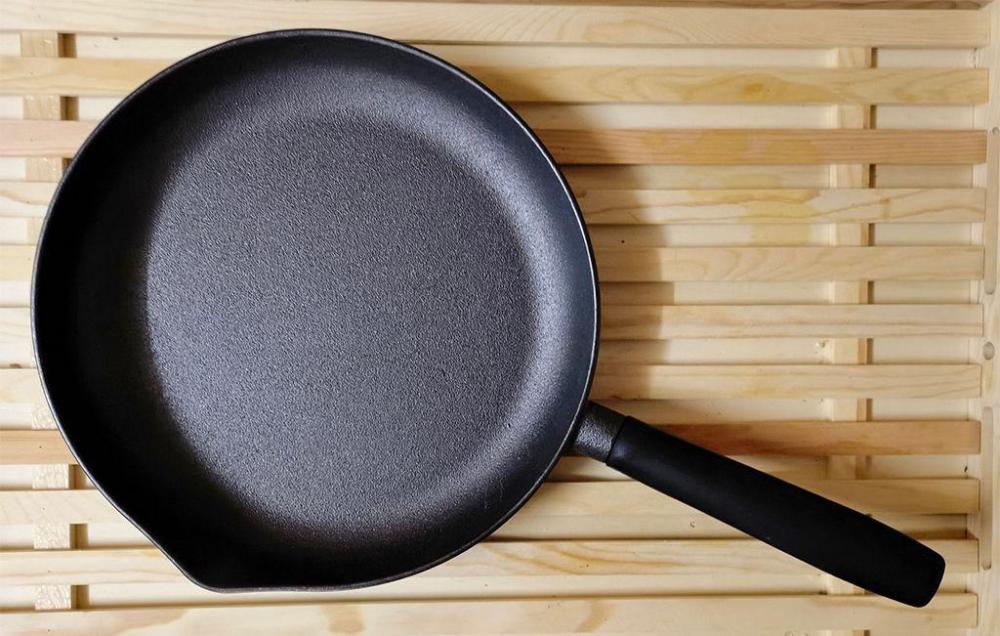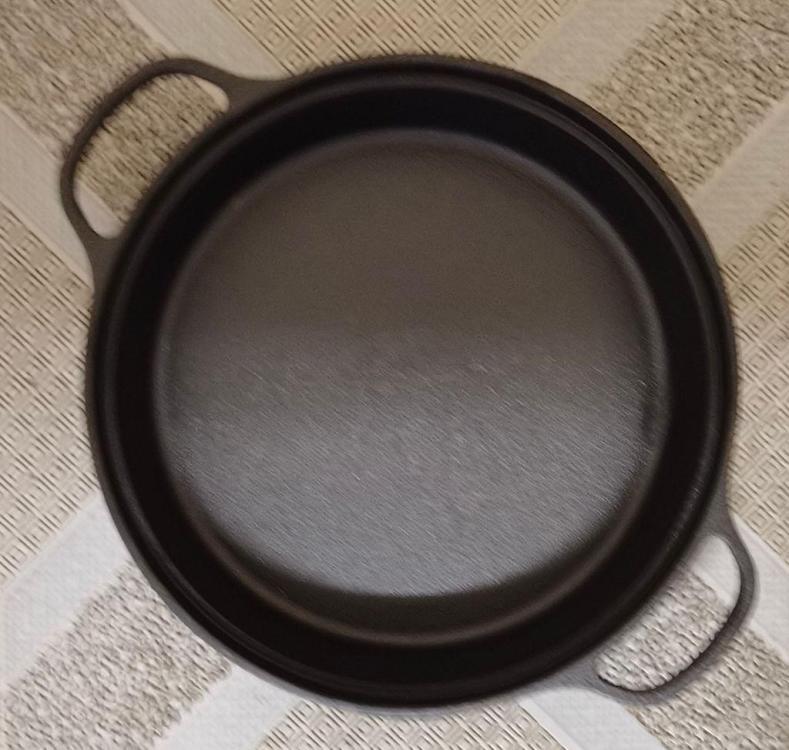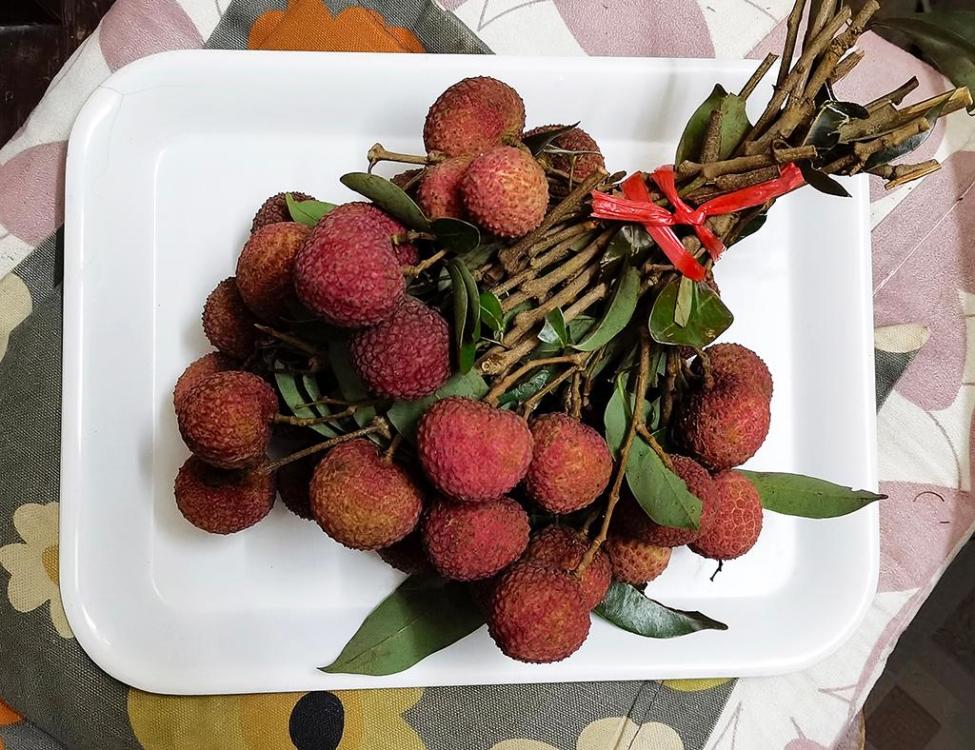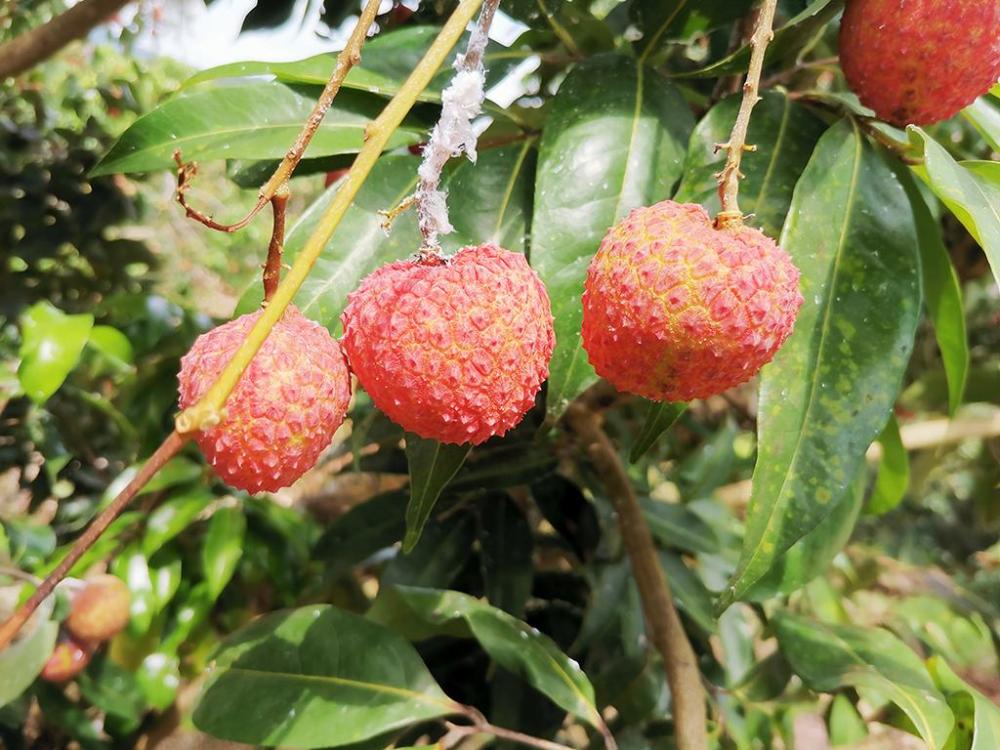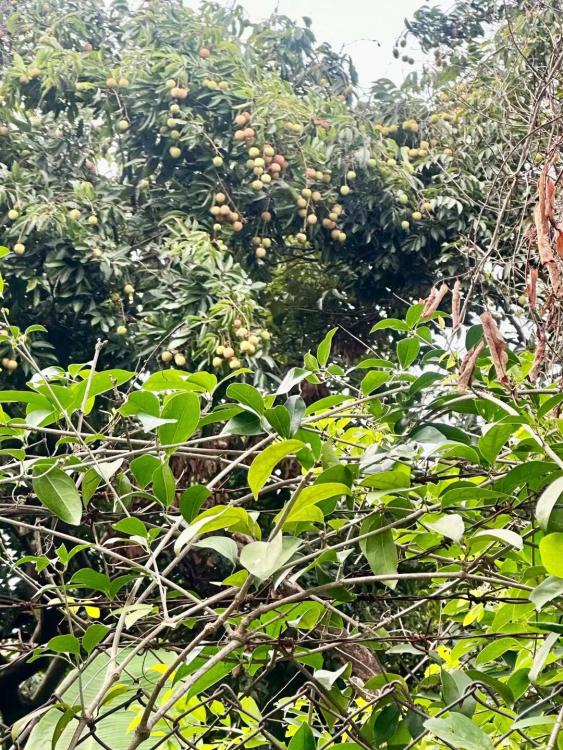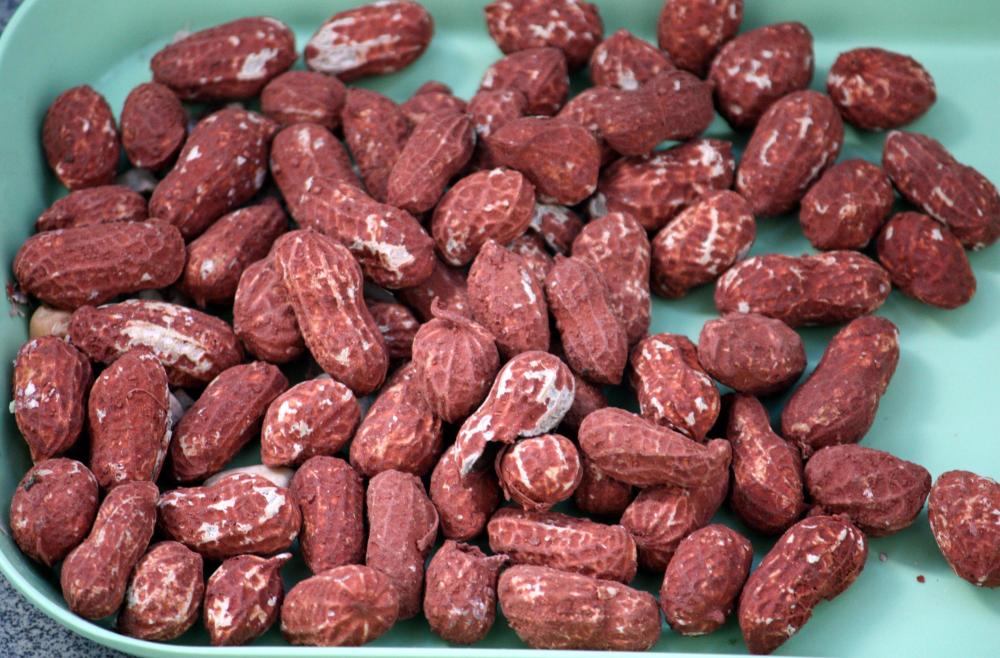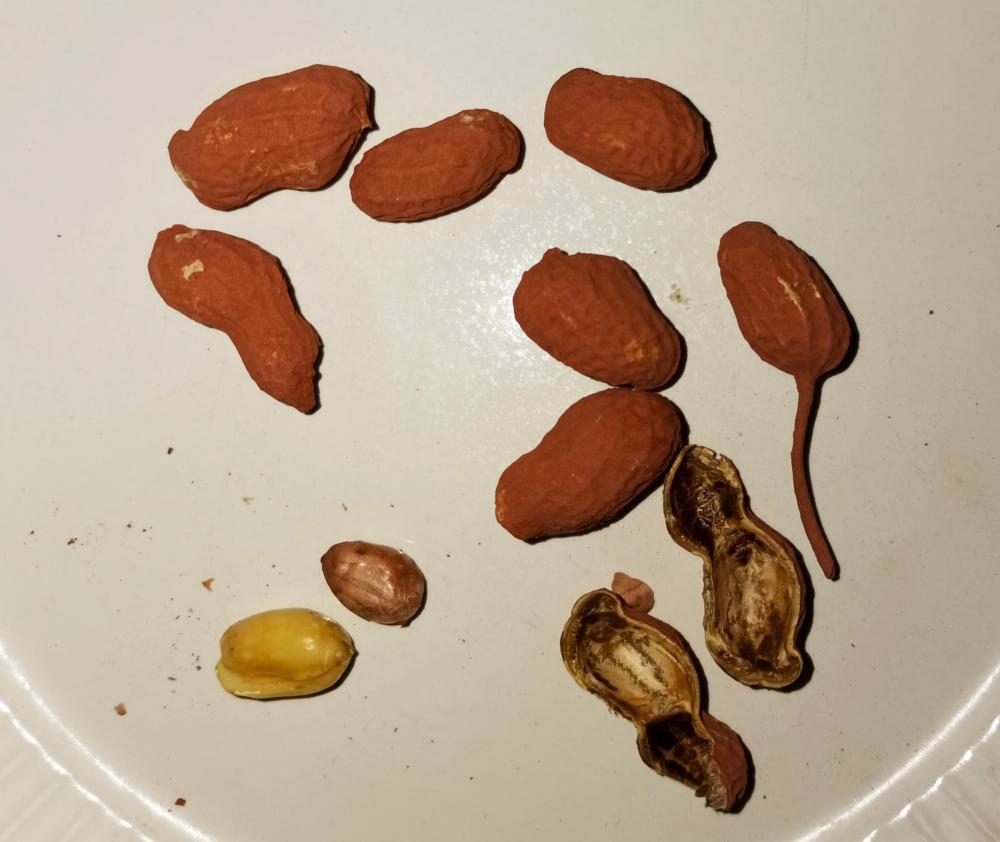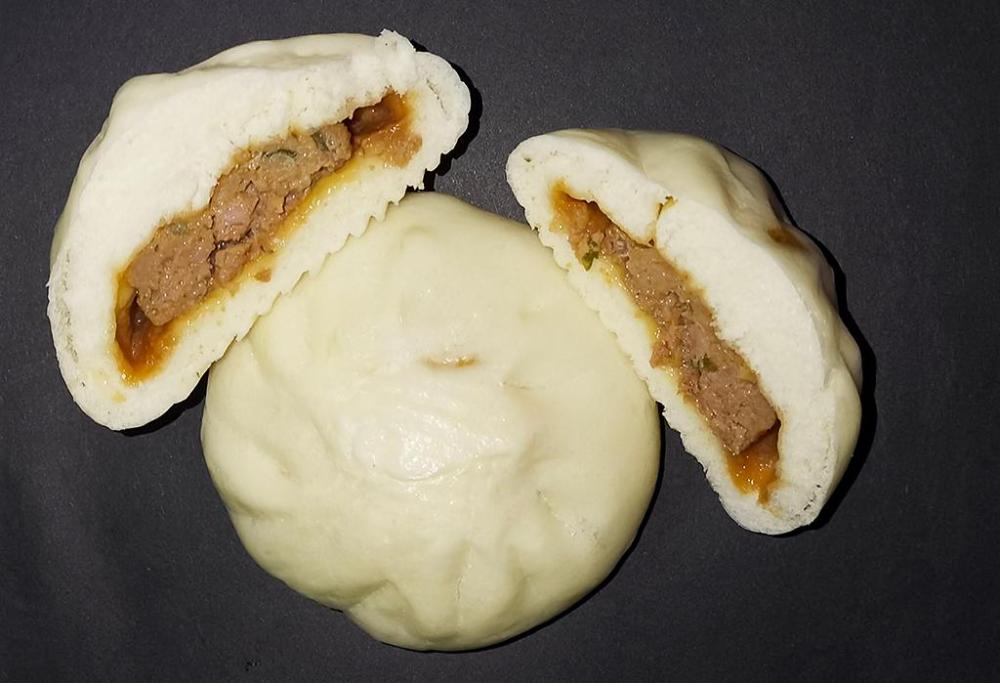-
Posts
16,673 -
Joined
-
Last visited
Content Type
Profiles
Forums
Store
Help Articles
Everything posted by liuzhou
-
1) I'm not at your beck and call. 2) I would have answered in time, until you got shirty about it. I gave you the recipe. It doesn't use sugar.
-
You said you wanted to make rou jia mo. You said they come in something called bing. I merely pointed out that they don't and explained what bing really are. That is not linguistics or semantics. I pointed you towards a recipe. I'm sorry you think that isn't a friendly thing to do. The recipe was taught me 26 years ago by a chef in Xi'an who had beeen making them all his life. I don't know what else you expect. I've tried to answer all your questions. Even if you still think that was unfriendly, that is no excuse for saying this forum is "just full of people who want to argue". Not true at all.
-
Never had a mooncake - 月饼 (yuè bǐng), spring pancake - 春饼 (chūnbǐng), Beijing breakfast pancake - 煎饼(jiānbǐng)? 饼 (bǐng) means cake; not bread. All my dictionaries define it as cake or pancake, sweet or savoury.
-
When I mentioned the spicy beer nuts above, I was down to my last packet which soon went so I ordered some more. They arrived today. These ones are from Sichaun and are H-O-T. Much more than my usual brand and also have Sichuan peppercorns in 'em. This is not a complaint; I am defecting to their side with immediate effect.
-
-
Fried rice is prepared all over the world in many different styles, but probably China makes the most. But I'm sure you would love to see what typical American Fried Rice looks like. Here, courtesy of my local fried rice specialist, selected from their extensive menu of rices is that very thing, which I'm sure American members will instantly recognise. It is just their regular egg fried rice with some bacon thrown on top. Optional pineapple chunks are also offered as an extra.
-
The New York Times Of the hundreds of recipes we published in 2022, one dominated our comment section. Our readers have quite a sense of humor. https://nyti.ms/3qn3tyF
-
I'm confused. 肉夹馍 (ròu jiā mó) isn't served in 饼 (bǐng). It is is served in 馍 (mó), hence the name. 馍 (mó) are never sweetened. Alternatively they are served in 白吉饼 (bái jí bǐng) which are also unsweetened and almost identical to 馍 (mó) 饼 (bǐng) are cakes, so usually sweetened. I would call them pancakes, sweetened or not. Certainly not bread.. This previous topic, dedicated to Rou Jia Mo, contains a recipe for 白吉饼 (bái jí bǐng).
-
That is good to know. Maybe my sources haven't kept up to date with newer cultivars. No mention of Sweetheart. Mauritius was mentioned and described as "much crisper and less sweet". They also mention a Brewster type but say nothing about its flavour.
-
Yes, you can do that with fresh store bought fruits. Straight from the tree, a little harder but not much.
-
The skin is not edible but peels off very easily. The inner white pulp is delicate, sweet, juicy and fruity with a distinct odour. I'm told the cultivars grown In Florida are less sweet. The hard seed is also inedible, so the mouth is used to separate the flesh from the seed. The flavour is kind of unique, so rather difficult to describe. Canned lychee are hopeless and many people, including me, think they taste/smell of petroleum. Avoid!
-
-
We do get something similar here but they are not called 'beer nuts', instead being given the non-alcoholic and more attractive name 鱼皮花生 (yú pí huā shēng), 'fish-skin peanuts'. These contain no dermal material from limbless cold-blooded vertebrate animal with gills and fins living wholly in water, but are roasted peanut kernels with a coating made from glutinous rice and wheat flours, sugar, salt and various additives (tartrazine E102, Allura red AC (E129)and vanillin). We also get 'milk peanuts' sensitively labelled as 'old lady peanut bag milk flavored nuts roasted beer partner' in a direct translation of the Chinese! These are not sweet but contain peanut kernels, salt, star anise, and cinnamon.
-
Yes. Souse is ancient, dating back to the 14th century. The name and, hence probably, the dish is from Provencal French. Headcheese (in one word or two) isn't quite so old - probably mid-19th century. It is American.
-
Another delivery dinner from a local restaurant. Not feeling up to cooking today. Left to right - Stir fried slivered king oyster mushrooms (eryngi) and 蛋饺 (dàn jiǎo), jiaozi type dumplings but with an egg wrapping, stir-fried greens (not sure which type) and finally, chicken and potato curry (Chinese style). Rice underneath. Much better than it sounds or looks. $3 USD inc delivery.
-
It may be and the word, a diminutive of 'scrap' was certainly first used in the USA, the OEDs first recorded usage being in New York! Of course the concept of the dish is probably European and similar products have been made in many cultures under various names for centuries if not millennia.
-
I mentioned yesterday that the red mud peanuts were my favourite, but I lied. They are my second favourite. Today, I bring my true favourite. 酒鬼花生 🥜 (jiǔ guǐ huā shēng), drunkard's peanuts or as I prefer to call them, beer nuts, even though I no longer drink beer. They are salted roasted peanuts with chilli. Highly addictive. Here they are in one of my coconut shell bowls.
-
I have a small (21cm diameter) cast iron pan that I sometimes use as a press inside a larger (27cm) cast iron pan. I always try to multifunction rather than collect more cupboard blockers that rarely get used. Small Large
-
I am always confused when I get a call on my cell phone marked as "Delivery Driver" when I haven't ordered anything. This happened this morning. A kilo of lychees from a friend's trees.
- 667 replies
-
- 10
-

-
These came from China's southernmost island province of Hainan where most our coconuts originate. I'm not sure how common they are.
-
Indeed. Although, there are earlier 18th century references to devilments which was the noun for deviled foods. The verb came later.
-
All this peanut talk sent me in this direction. 红泥花生 (hóng ní huā shēng) - red mud peanuts - my favourite. These have been “cured” by being buried in a muddy red paste of unidentifiable ingredients then baked until the shells turn red and the ‘nuts’ take on a pleasant earthy taste.
-
肉包 (ròu bāo) - Pork Baozi. There are from a new to me supplier. Very good. I got tired of my old supplier sending baozi with the wrong fillings - sweet bean paste is not a sub for fresh pork!
-
I've certainly had it. It was a regular food substitute when was a kid. Never ate it again after leaving home to go to university almost 55 years ago! Disgusting muck. Liverwurst, I love.



